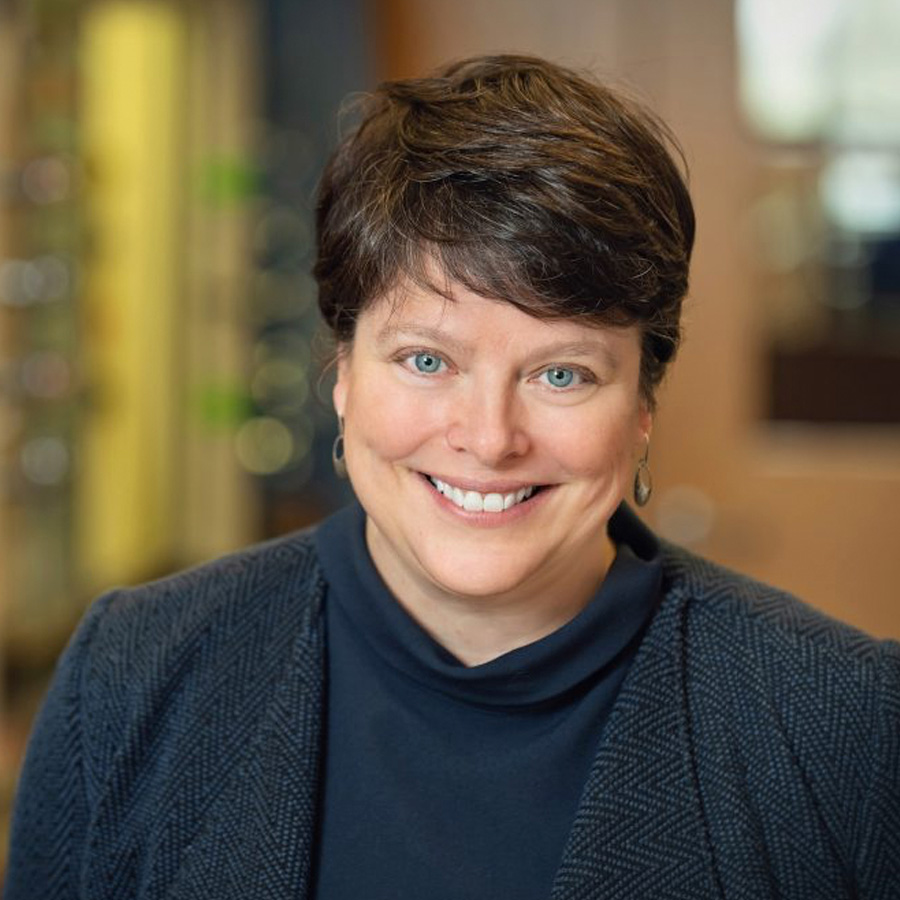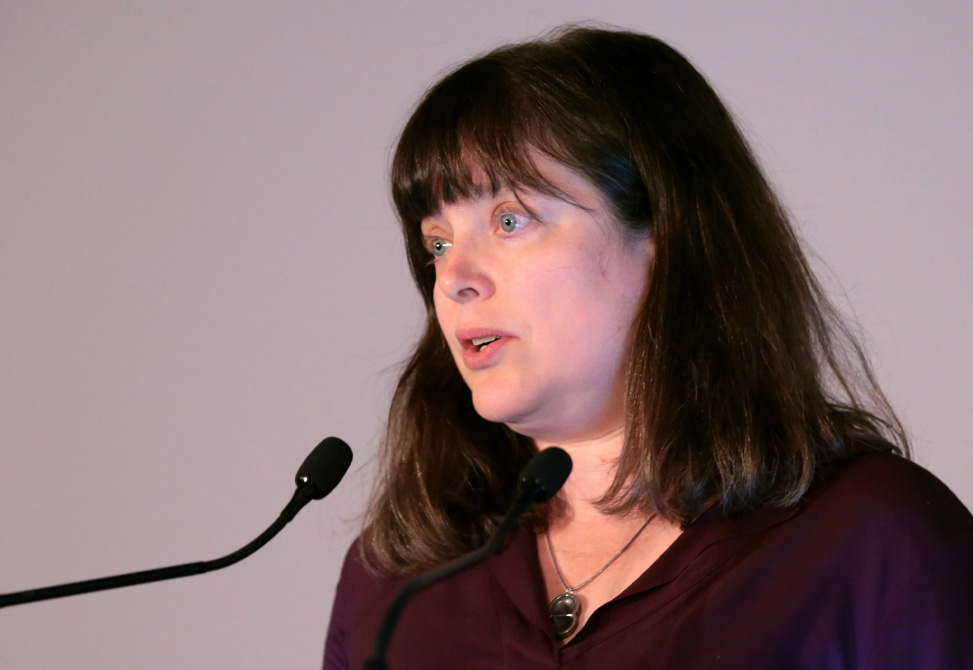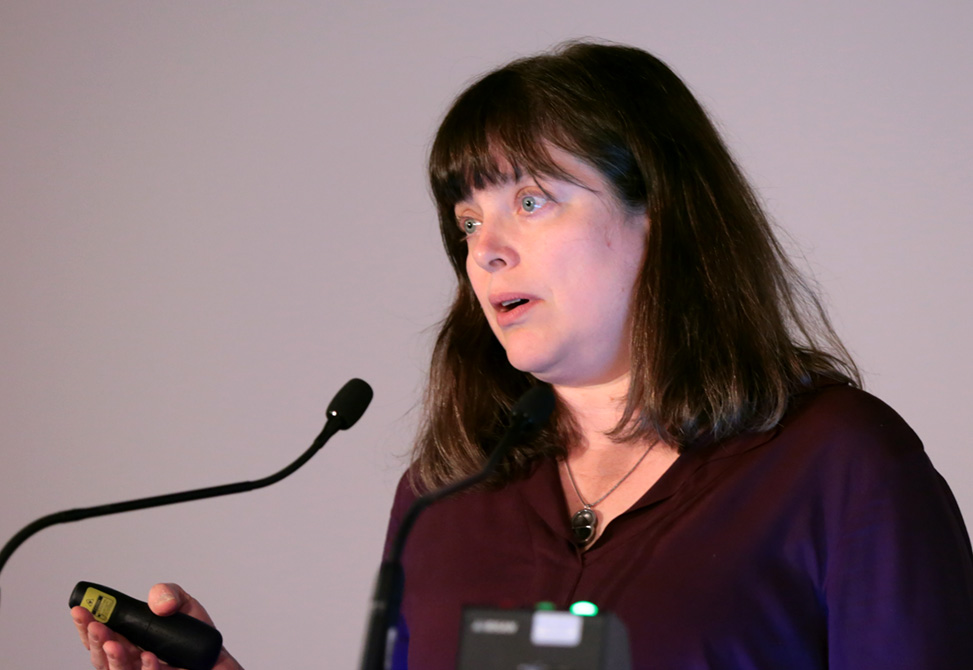Anna Mapp
University of Michigan
Talk Session: SESSION 15: PEPTIDE NATURAL PRODUCTS AND BIOLOGICAL METHODS
Date: Thursday, June 16, 2022
Talk Time: 02:40 pm - 03:00 pm
Talk Title: Unexpected Specificity in Dynamic Transcriptional Complexes
Organic synthesis offers powerful tools for addressing questions of biological importance, but the answers to such questions are often limited by the scope of available synthetic methods. Thus, as we seek to unravel complex biological processes, we simultaneously focus on the development of new synthetic approaches with a variety of applications.
Much of our research focuses upon developing a molecular-level picture of inducible gene expression in eukaryotes using organic molecules as mechanistic probes. Regulated gene expression is critical for cellular existence, and a number of human diseases such as cancer and diabetes have been linked to aberrant patterns of gene expression. Therefore, a goal of primary importance in the scientific community is the discovery of transcription-based therapeutics capable of reprogramming gene expression in diseased cells while leaving normal cells unaffected. While a general sequence of events that leads to gene up-regulation is agreed upon, the molecular-level interactions that regulate the levels and time course of transcriptional activation remain unknown. A more detailed picture of gene regulation is a prerequisite for the eventual development of transcription-based therapeutics.
We have developed two approaches for identifying the relevant targets of activator proteins in the transcriptional machinery, understanding how multiple activator proteins function synergistically to up-regulate transcription, and uncovering the regulatory role of transcriptional machinery composition. We use an ELISA screen to identify ligands for individual protein components of the transcriptional machinery from combinatorial libraries. The selected ligands are characterized through fluorescence and cross-linking experiments and can then be used in functional competition assays both in vitro and in vivo. These data coupled with BLAST searches of the yeast genome are used to identify interactions governing the organization of the eukaryotic transcriptional machinery.
A second approach is the design and synthesis of organic molecules that mimic common protein structural motifs such as the helix. The structure of each designed scaffold is governed by the stereochemical relationships within the molecule, and the synthesis of the scaffold thus requires a stereocontrolled approach. Our synthetic approach has applications beyond the designed scaffolds, including a potentially general strategy for the selective synthesis of b-amino acids, a class of structures present in a variety of natural products and other biologically active molecules.
Inhibitors of transcriptional protein-protein interactions, PPIs, have high value both as tools and for therapeutic applications. For example, the PPI network mediated by the complexes formed between the transcriptional coactivator Med25 and its cognate transcription factors regulates stress-response and motility pathways and dysregulation of the PPI networks contributes to oncogenesis and metastasis.
The canonical transcription factor binding sites within Med25 are large and have little topology, and thus do not present an array of attractive small-molecule binding sites for inhibitor discovery.
We recently identified a novel lipopeptide natural product, NP 34913, that selectively targets Med25 as well as a synthetically more tractable analog with nearly identical selectivity and potency, 34913-2. Lipopeptide 34913-2 engages endogenous Med25 in cell lysates and in cell culture, down-regulates key Med25-dependent genes.
Through additional mutational analysis, we noted that changes in the peptide sequence lead to changes in the cognate coactivator target, enabling facile development of inhibitors of additional coactivators.







